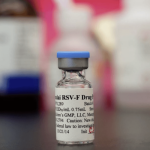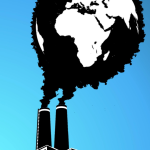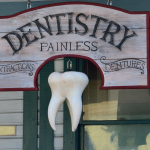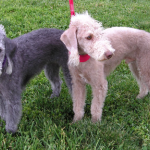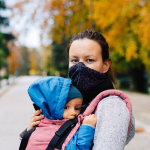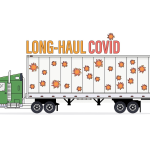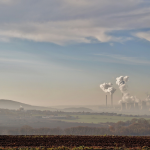The virus leads to approximately 60,000-120,000 hospitalizations and 6,000-10,000 deaths yearly in people over 65 in the U.S. It also threatens young children and pediatric vaccine approvals are expected soon.
Disease
With the growing concern – especially in the Northeast – about the air pollution now coming from the Canadian forest fires, we thought it would be worthwhile to address the potential health effects, especially the difference between acute and chronic.
Most of the daily air pollution studies on health have focused on statistical significance to establish the existence of the phenomenon, which has already been shown by the Great London Fog of 1952, during which black smoke levels increased about 10-fold, and thousands died over several days. The scientific community would be better served by addressing epidemiological and physiological questions.
The New York Times’ “Well” section recently published an article entitled, “What Dentists Wish You Knew,” which listed five points. We found them to be a somewhat odd and incomplete collection. We list the Times' offerings, with our commentary and some bonus suggestions of our own.
Long COVID remains an enigma wrapped within a conundrum. Many individuals claim the affliction. But without a consensus on its diagnosis, unraveling its underlying physiologic changes, let alone therapeutic approaches, is a random walk. It's a lot a drunk searching for their keys under a streetlamp because the light is better. Two developments this week may well begin the unwrapping.
To reduce swab testing for COVID, the ultimate goal is to have dogs able to perform rapid, large-scale, non-invasive screening, with antigen testing necessary only for confirmation after positive dog screening results.
Last week an article in City Journal wrote about a “scoping review” of the physical harms of masks. It is time for a bit of debunking. A note to the tl:dr – the too long, didn't read among us, it takes more words to correct a mistruth than to propagate one.
Long COVID burdens tens of millions of Americans and the nation's healthcare system, but our response to it has been fragmented and chaotic. We need to address it without delay, with more research and better access to treatment.
Using the criteria contained within the Diagnostic and Statistical Manual of Mental Disorders (DSM), the diagnostic standard, almost 1 in 5 individuals smoking weed for medical therapeutic reasons develop cannabis use disorder within three months of initiating therapy. Yet there is no cry to greatly restrict medical marijuana in the same way we over-control opioids. Whether marijuana or opioids are that addictive depends on your definition of a substance use disorder. Is our current definition the best?
The Journal of the American Medical Association (JAMA) cited a new toxicology study that linked PM2.5 air pollution with the growth of lung cells having “pre-existing oncogenic variants” that could promote lung cancer in mice. Because “the light is better underneath the lamppost,” there is an epidemiologic predilection for ascribing blame to the pollutants for which we have the most data, like PM2.5
Spring brings new growth and new hopes. COVID infections continue, as do vaccine-driven hopes for relief. The White House announced that COVID-19 national and public health emergencies (PHE) will expire on May 11, but a Lancet editorial pronounced that the pandemic is “far from over.” We have been tracking its progress for three years - It’s time to take stock and go out on the shaky limb of prediction.
Sepsis, an overwhelming infection, remains among hospitals’ most difficult conditions to identify and treat. Algorithms within electronic medical records have been developed to help clinicians. So how is this real-world A.I. of medicine working out? Just a bit better than a coin toss.
“Today we are asked to declare war on a domestic enemy which threatens the strength of our nation and the welfare of our people. This administration today, here and now, declares unconditional war on poverty in America.”
– Lyndon Johnson, 36th U.S. President, Inaugural Address
